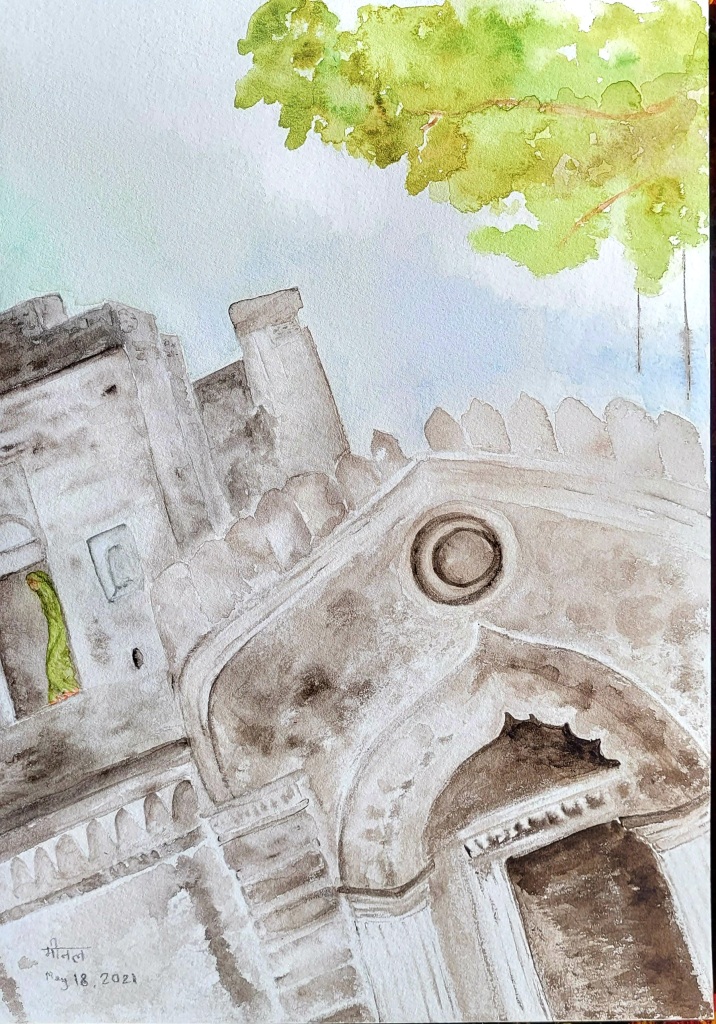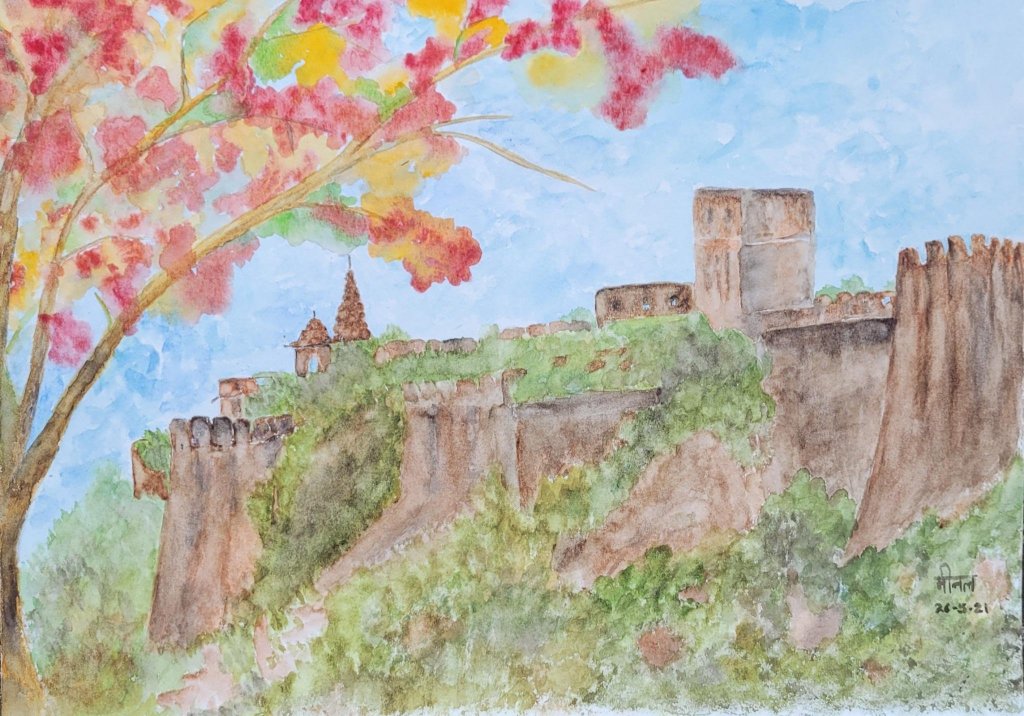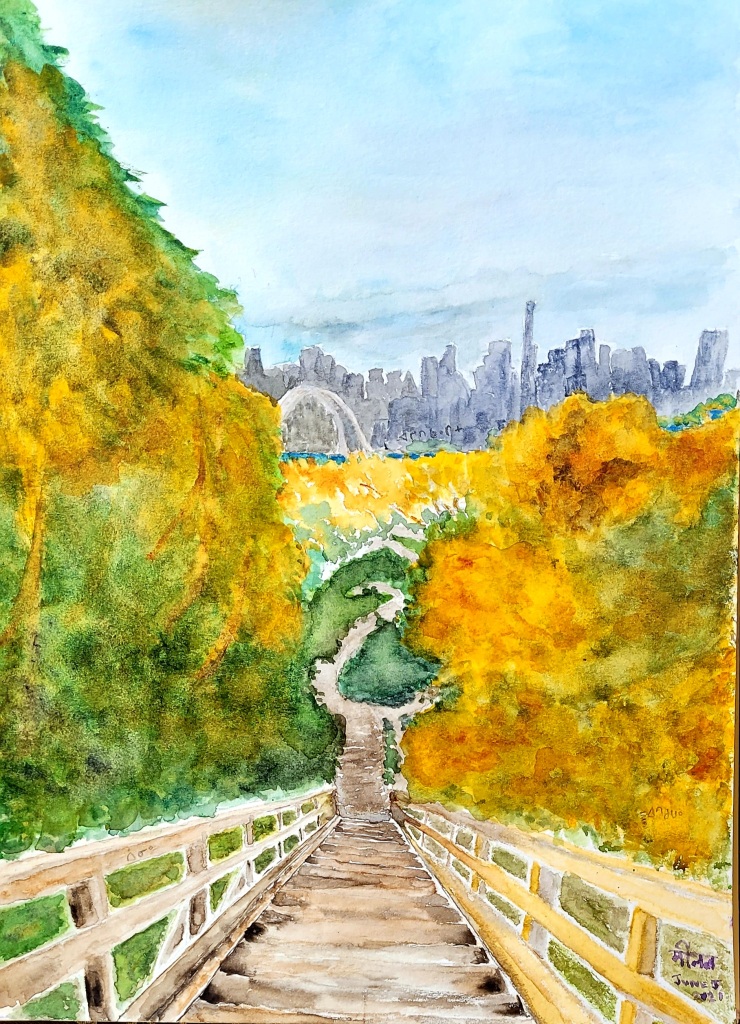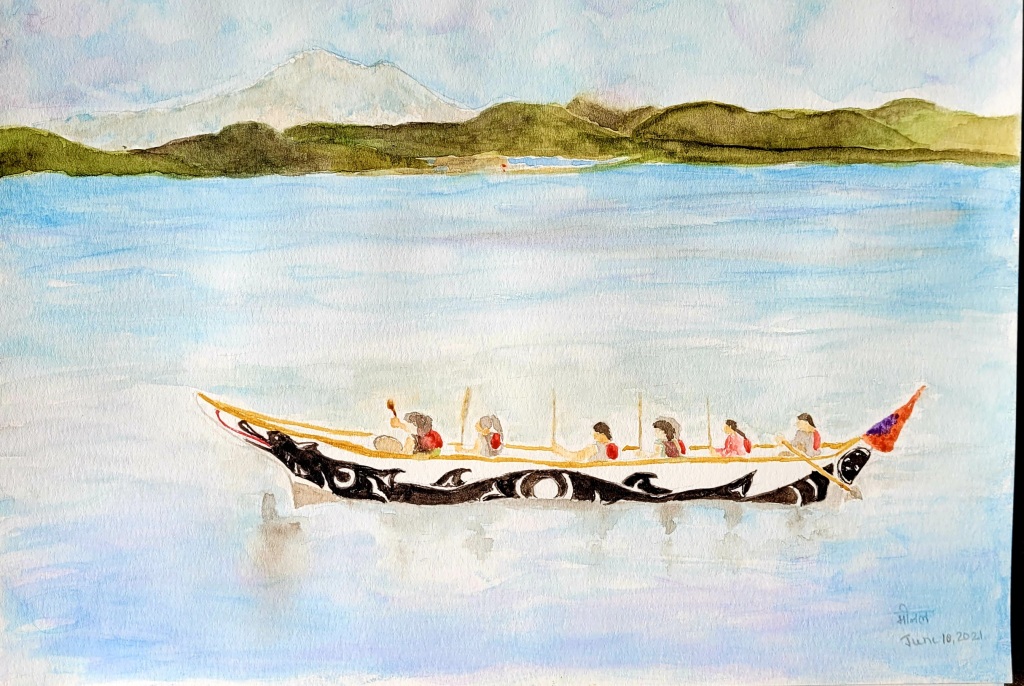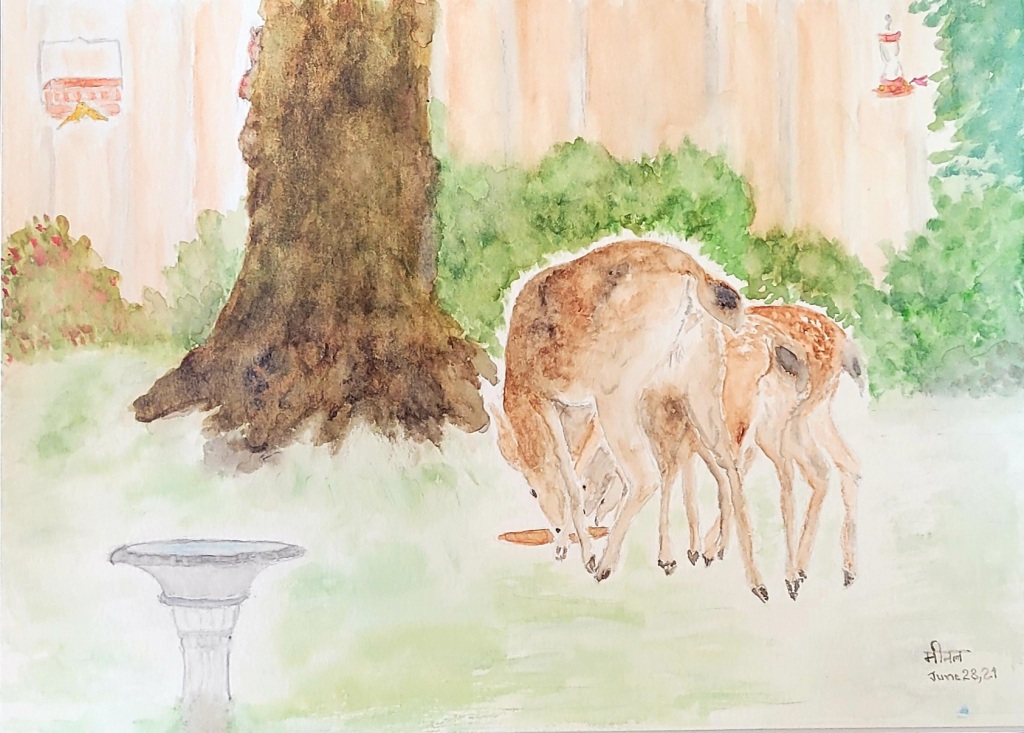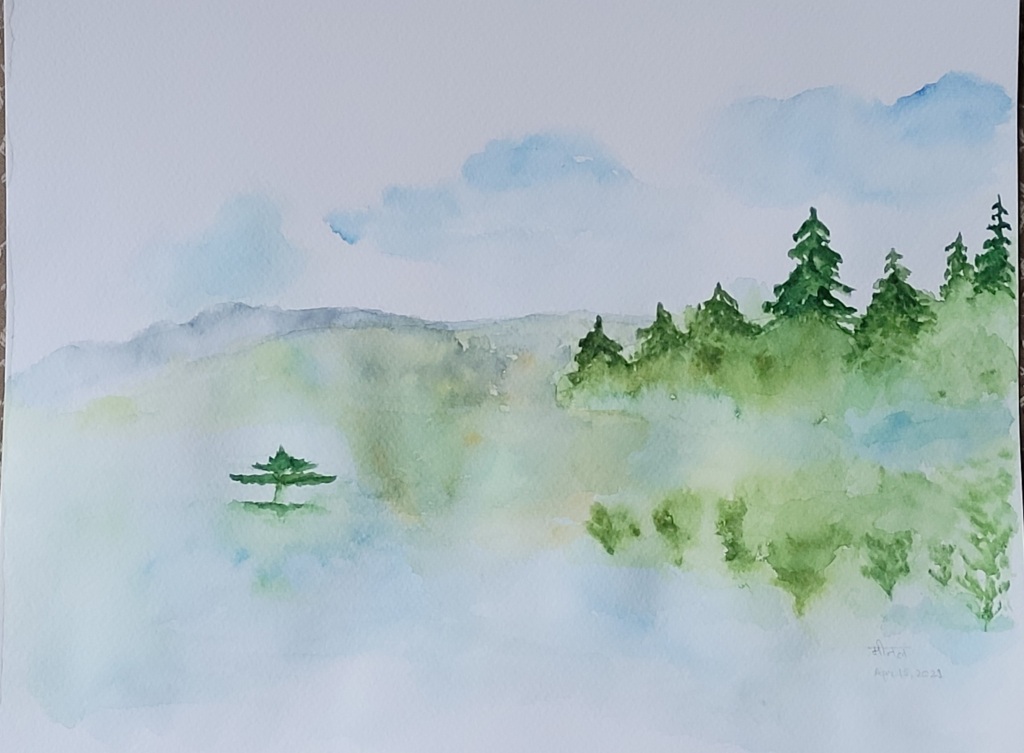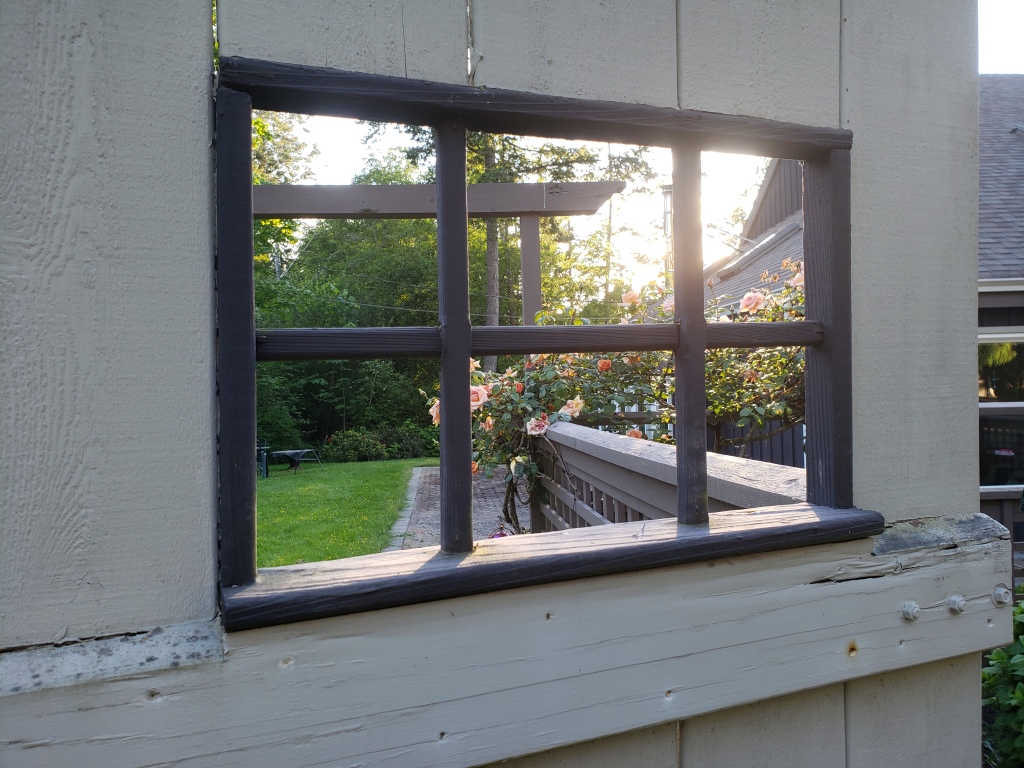
What is ‘home’ for an immigrant? I am acutely aware of my privilege in claiming to have multiple homes. My upbringing in India has imparted indelible marks on my body, psyche, and taste buds, and it is thus my first home. South Africa is home by virtue of being my first karma-bhumi and the near-decade I spent connecting with the beautiful land, its resilient people, and my vast circle of family and close friends. And now, Canada is home. Not just a place where I live and work, but also the place where I am most ‘at home’ – as much as an irrepressibly independent woman can be. My multiple homes have taught me valuable lessons about diversity of perspectives in the world. These homes continue to help me to learn about, engage with, and redefine community in unexpected ways. In particular, they continue to teach me about our relentlessly interconnected and unequal world.
Who am I?
Woman, academic, activist, atheist, Indian, South Asian, Indo-South African, Indo-Canadian, person of colour, writer, student of painting and music, foodie, and child-less (or child-free, depending on your perspective). A perpetual outsider in the country of my birth and the country(s) of adoption I stick out for far too many reasons. I also continue to learn about the burdens and privileges associated with the numerous identifiers that others and I use to define ‘me’. (Here’s my piece on the role of identities/identifiers as an academic.)
What’s this space for?
There is little room for creative and engaging writing in a professional academic career. Academic prose is deliberately distant and intentionally impersonal. It circulates within the echo-chambers protected by the pay-walls of peer-reviewed scholarly publications. This is equally true of the bulk of my publications in the form of journal articles, book chapters, conference presentations, policy reports, etc.
At various points in life though, creative writing has been a refuge, a channel, and a hearkening for me. Most importantly, I have come to realize that a story can make issues of social science research immediate and personal, making it a powerful tool of intellectual stimulation and emotional persuasion, especially in the era of post-truth politics fueled by anti-intellectualism.
Historically, anti-intellectualism has been used by totalitarian regimes as a tool to repress political dissent. Currently, it appears to be aiding divisive politics around the world, which prevents humanity to work towards just and viable solutions to address existential issues of economic, social, political, and environmental crises.
Perhaps one way out of this descent into the cult of ignorance is to tell compelling and relatable stories using the spirit and tools of critical inquiry to explain complex concepts. Simple stories that help us understand how individual lives intersect with broad social/political trends, and why it matters.
I am thus using this space to share my simple stories in that spirit. Some of these essays/poems/photo-stories have embedded links or a reference list for further reading and some of these are just simple stories celebrating the human and non-human connections in my life.

